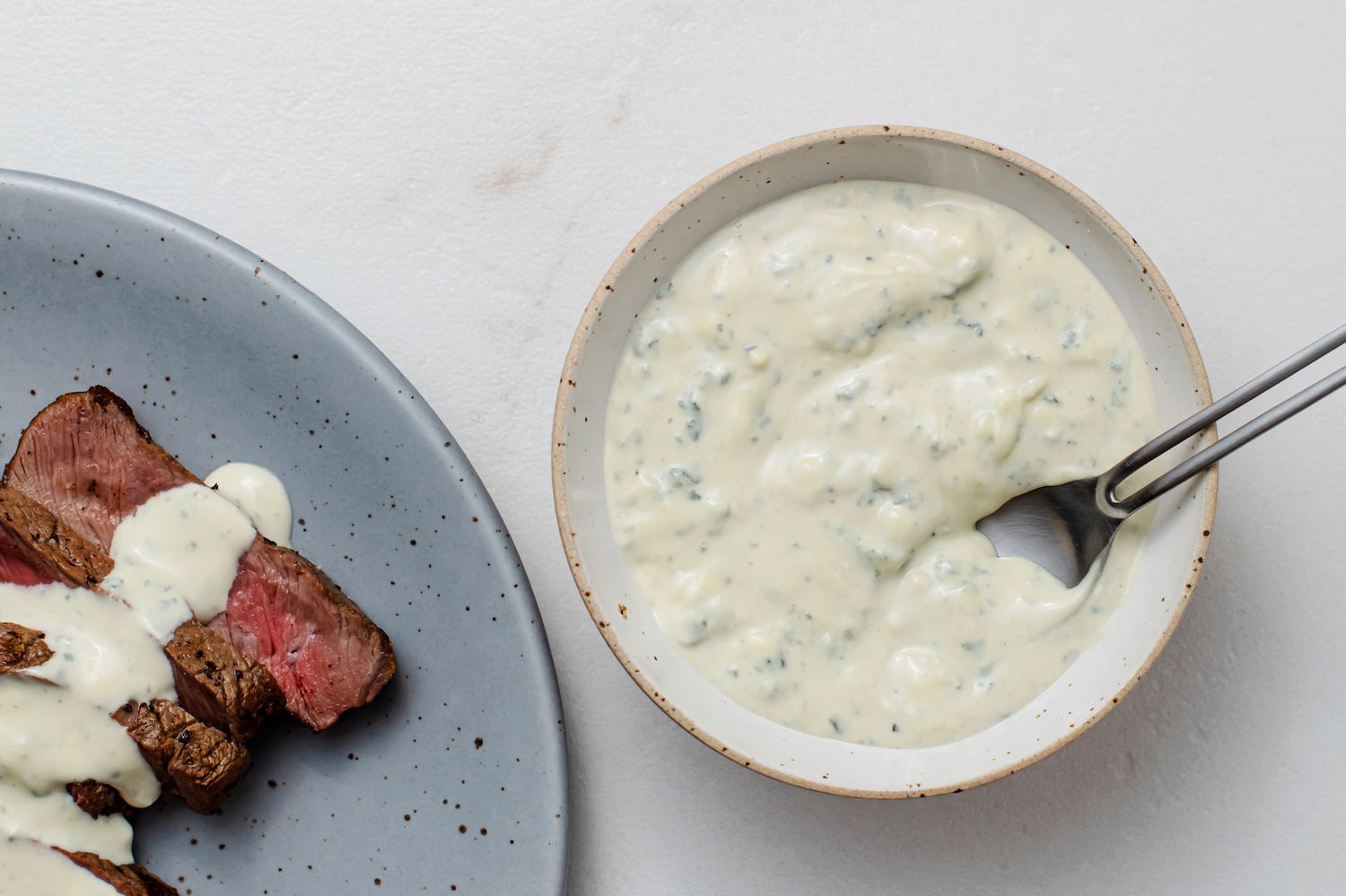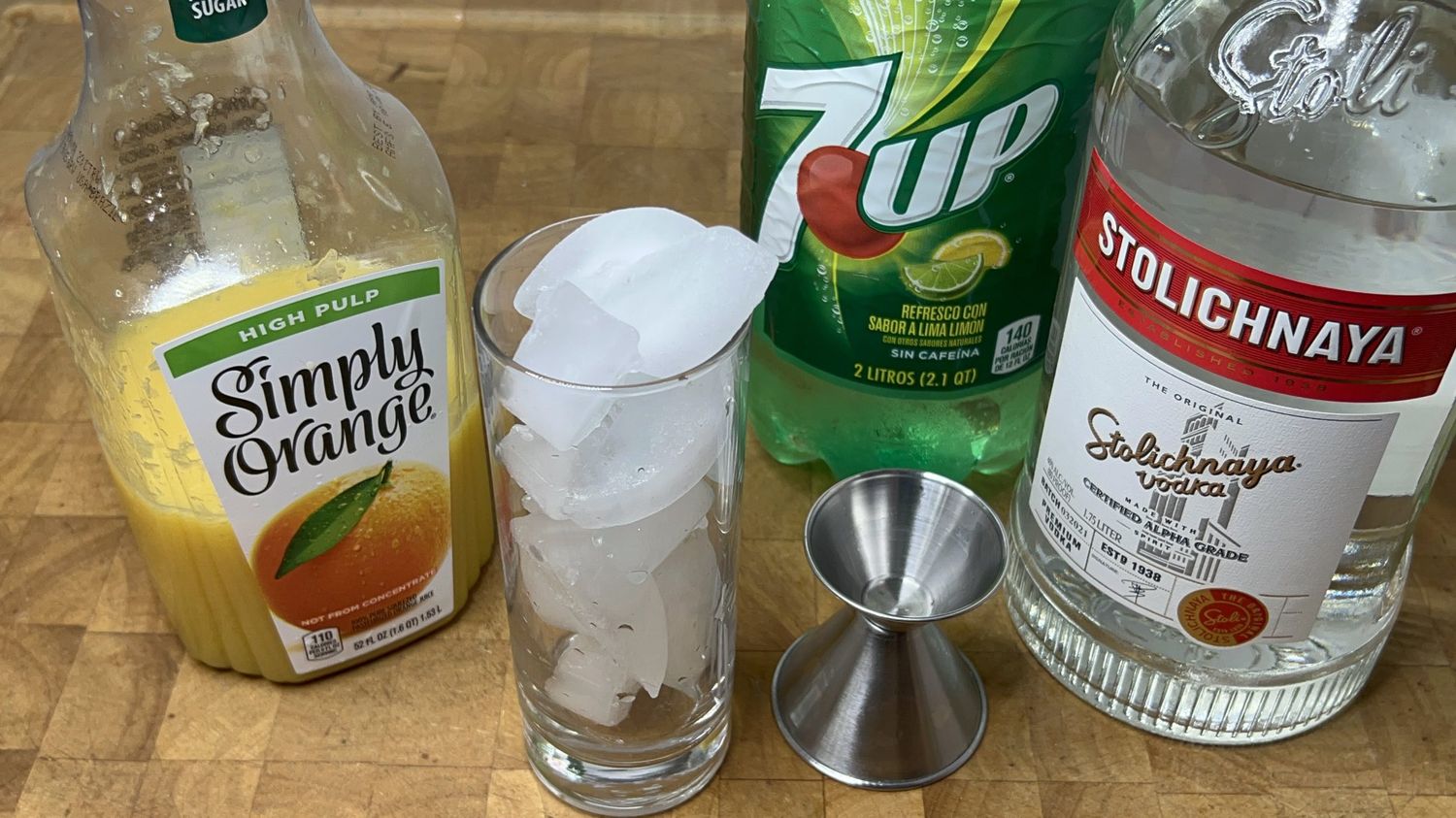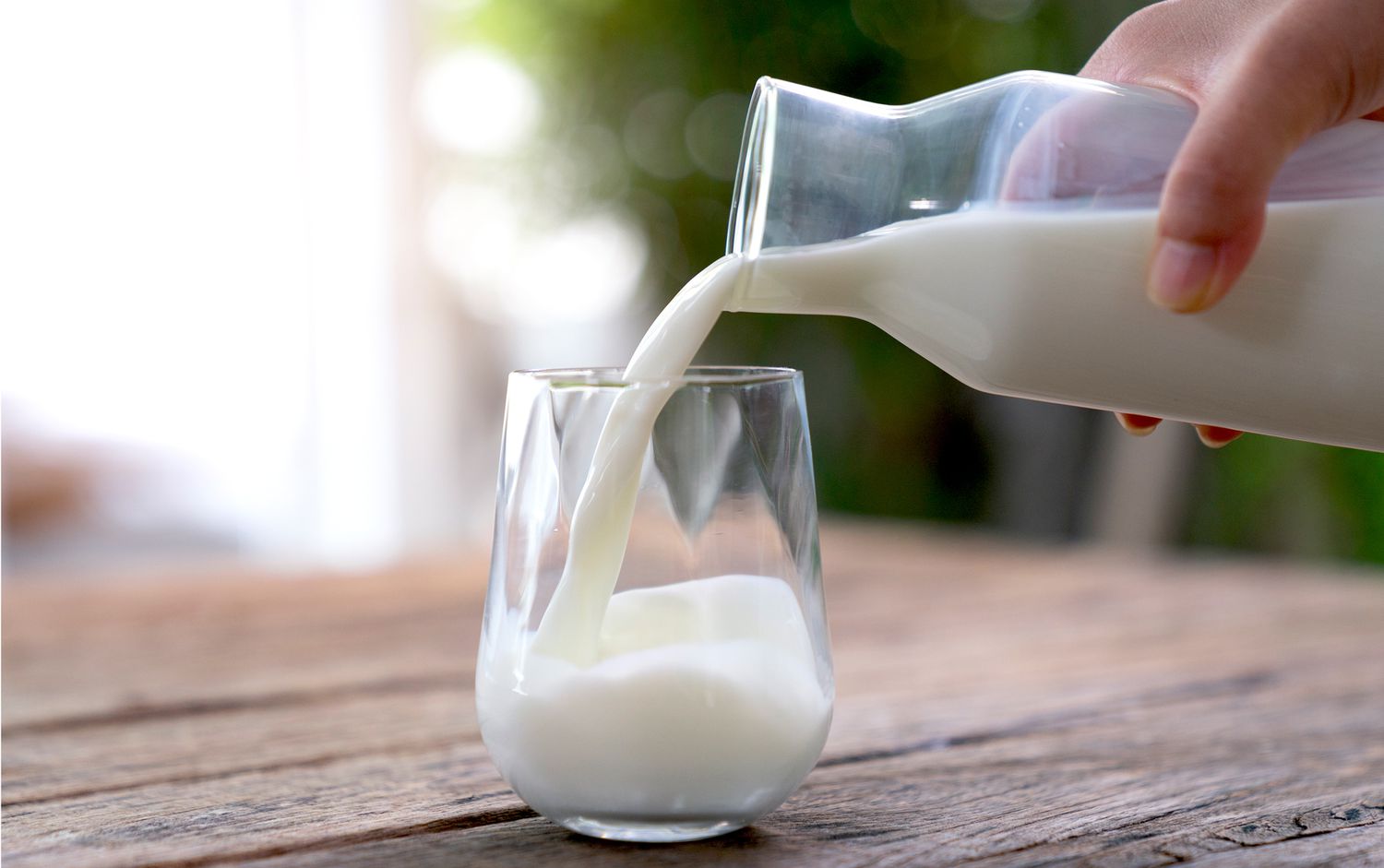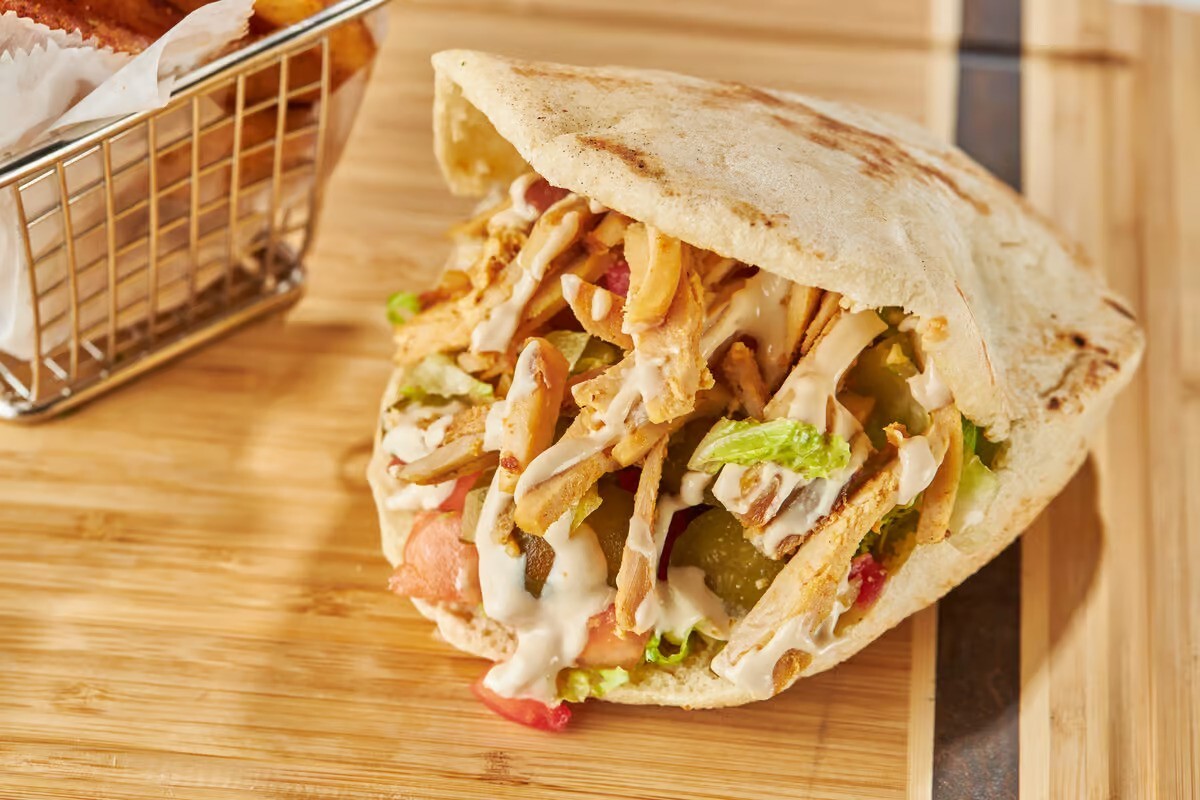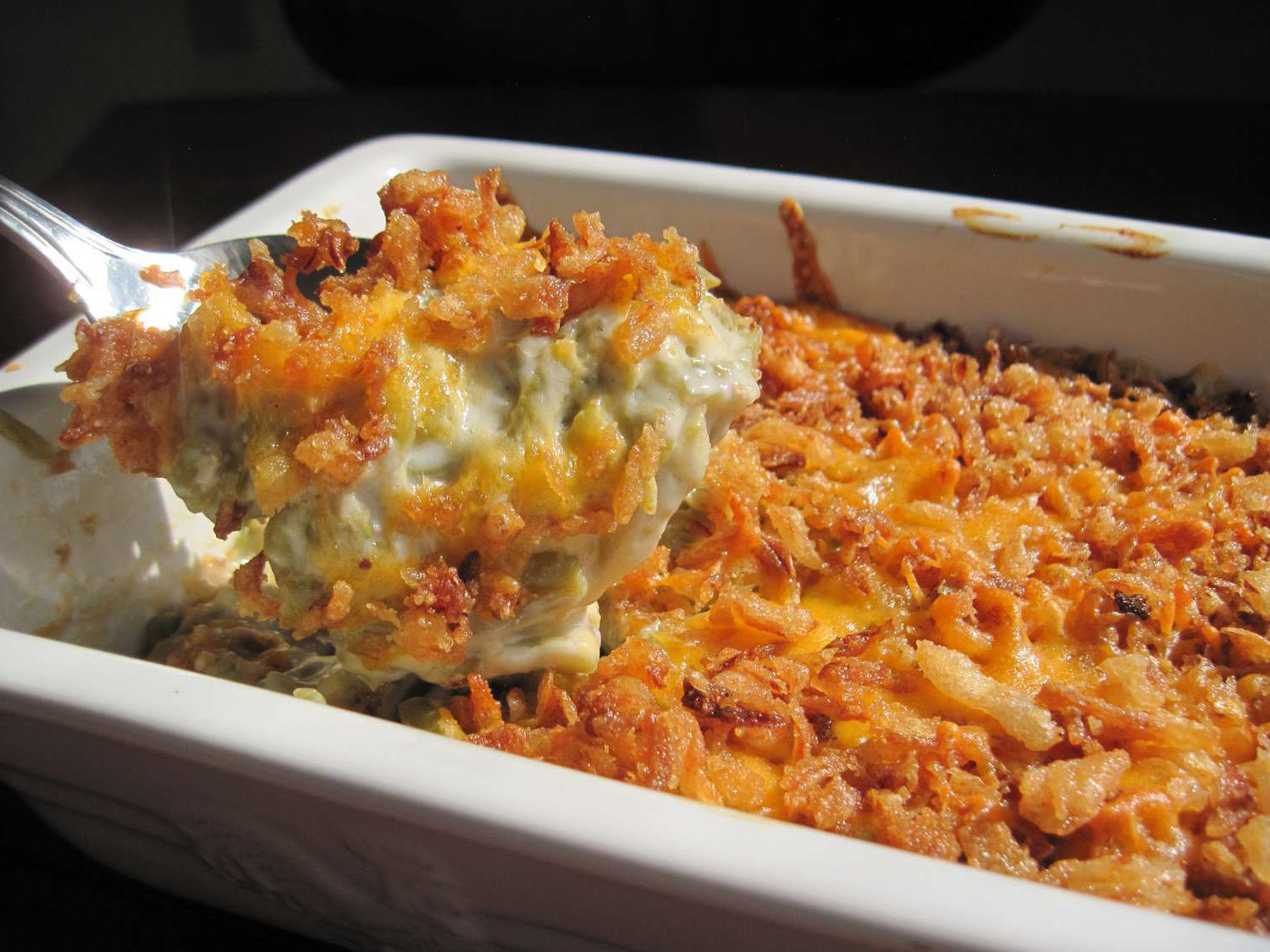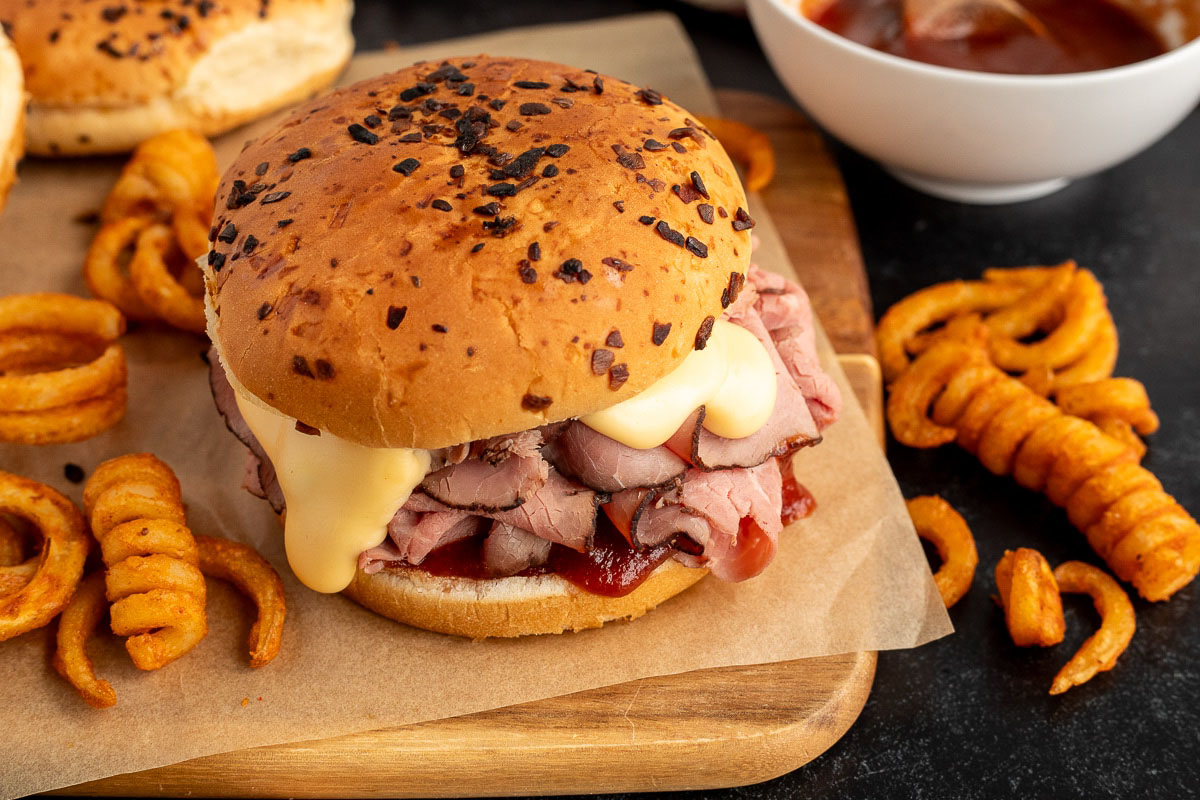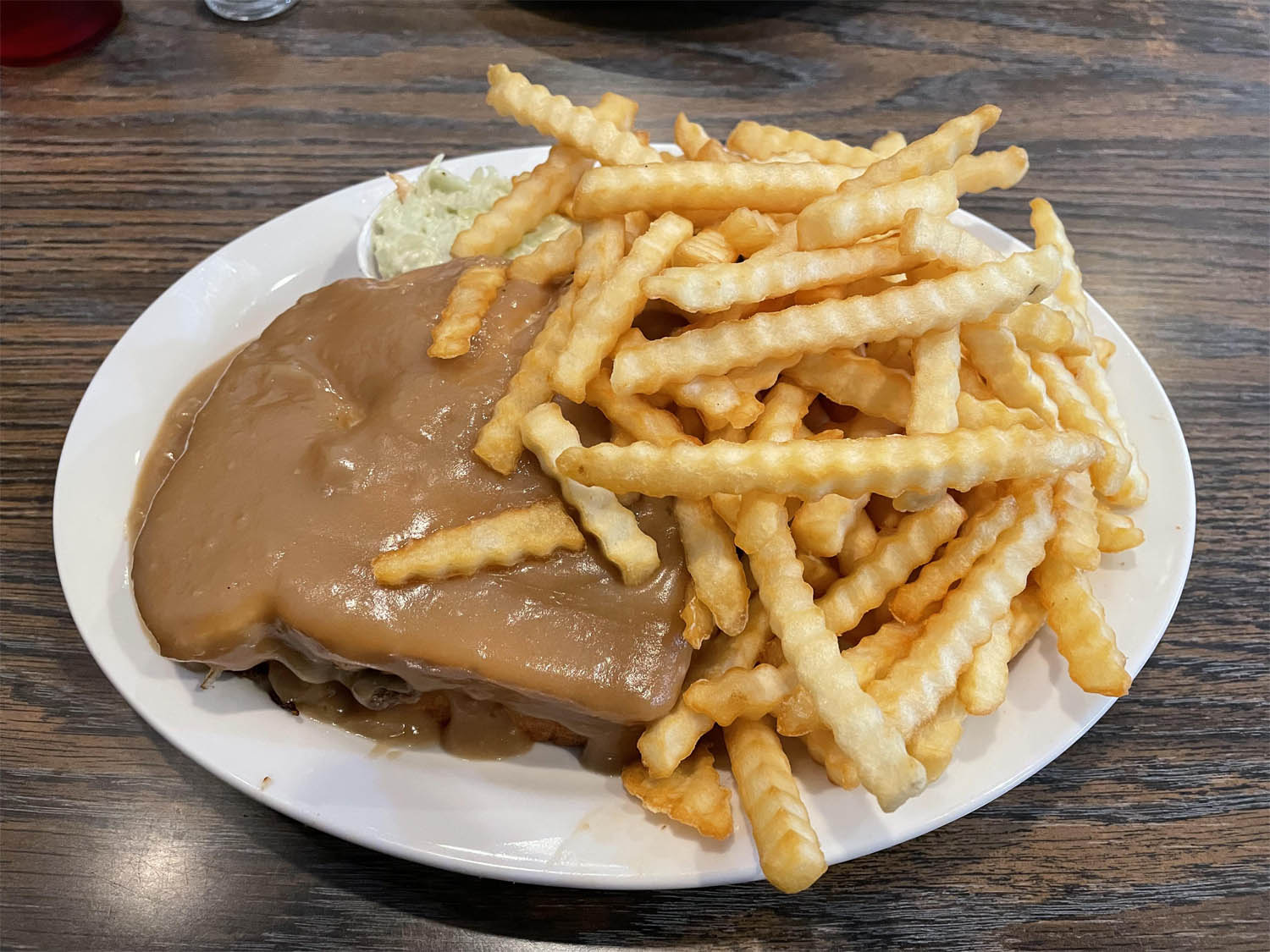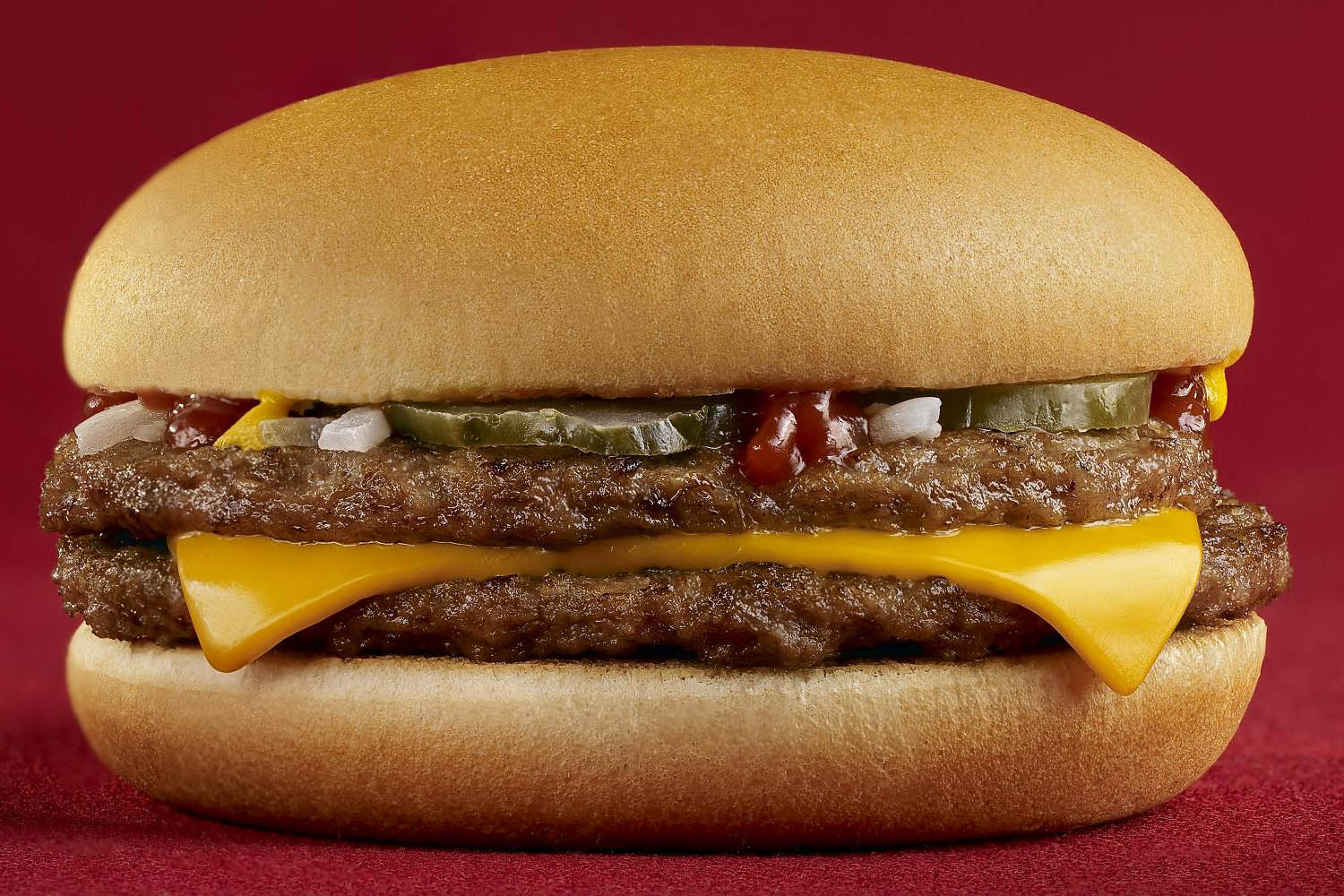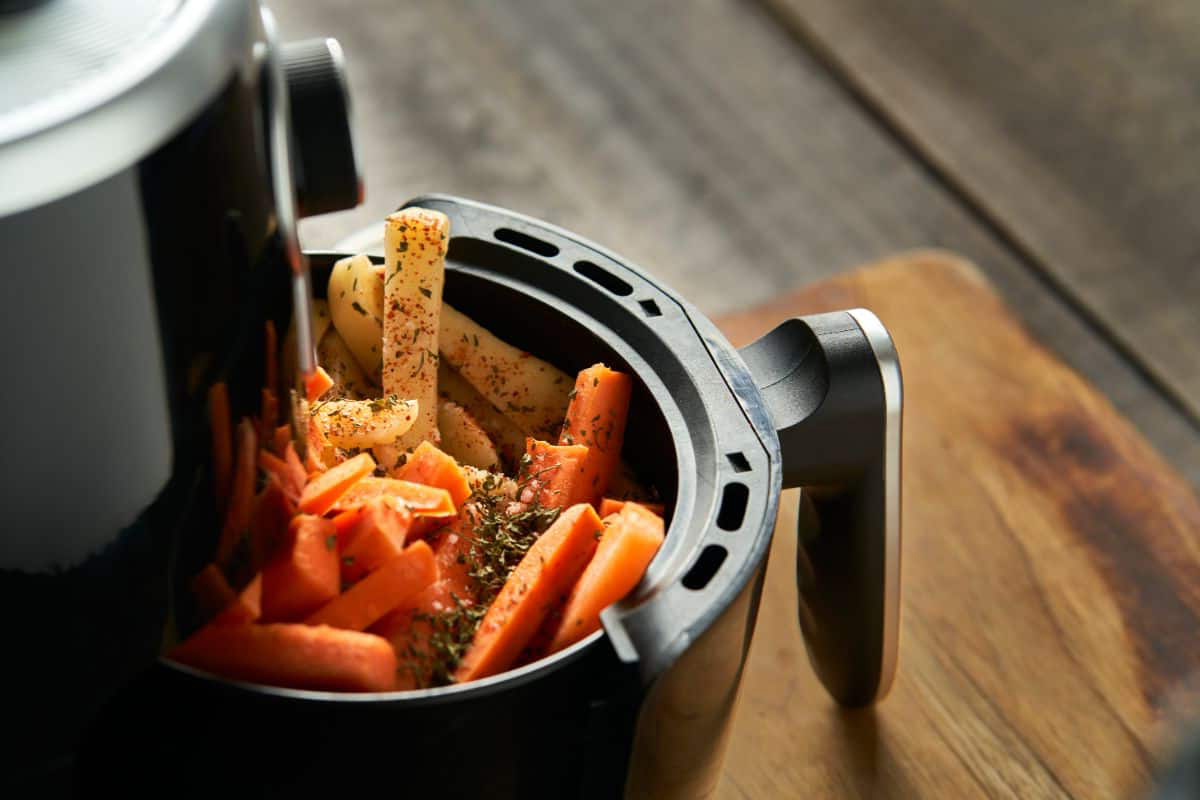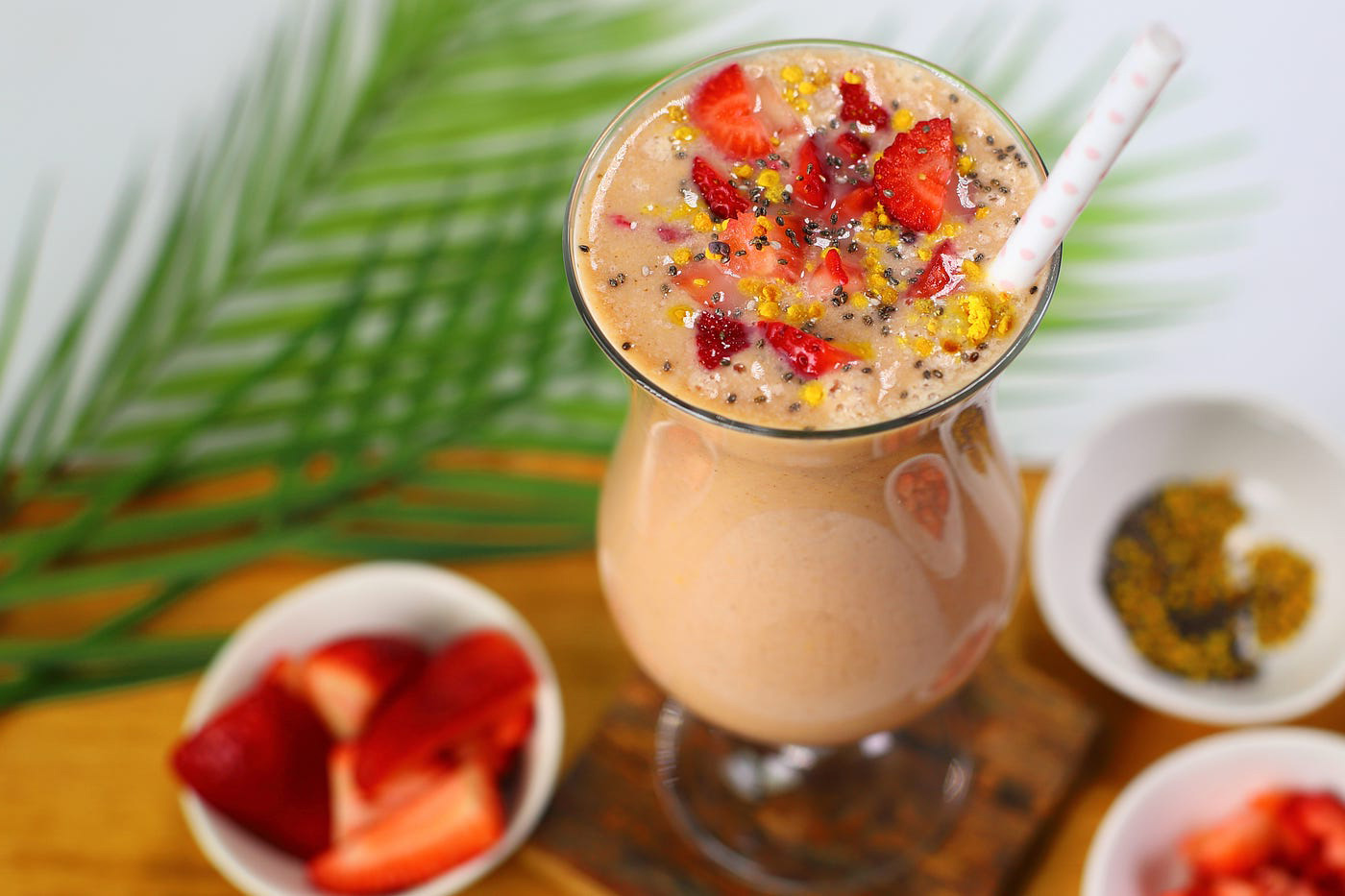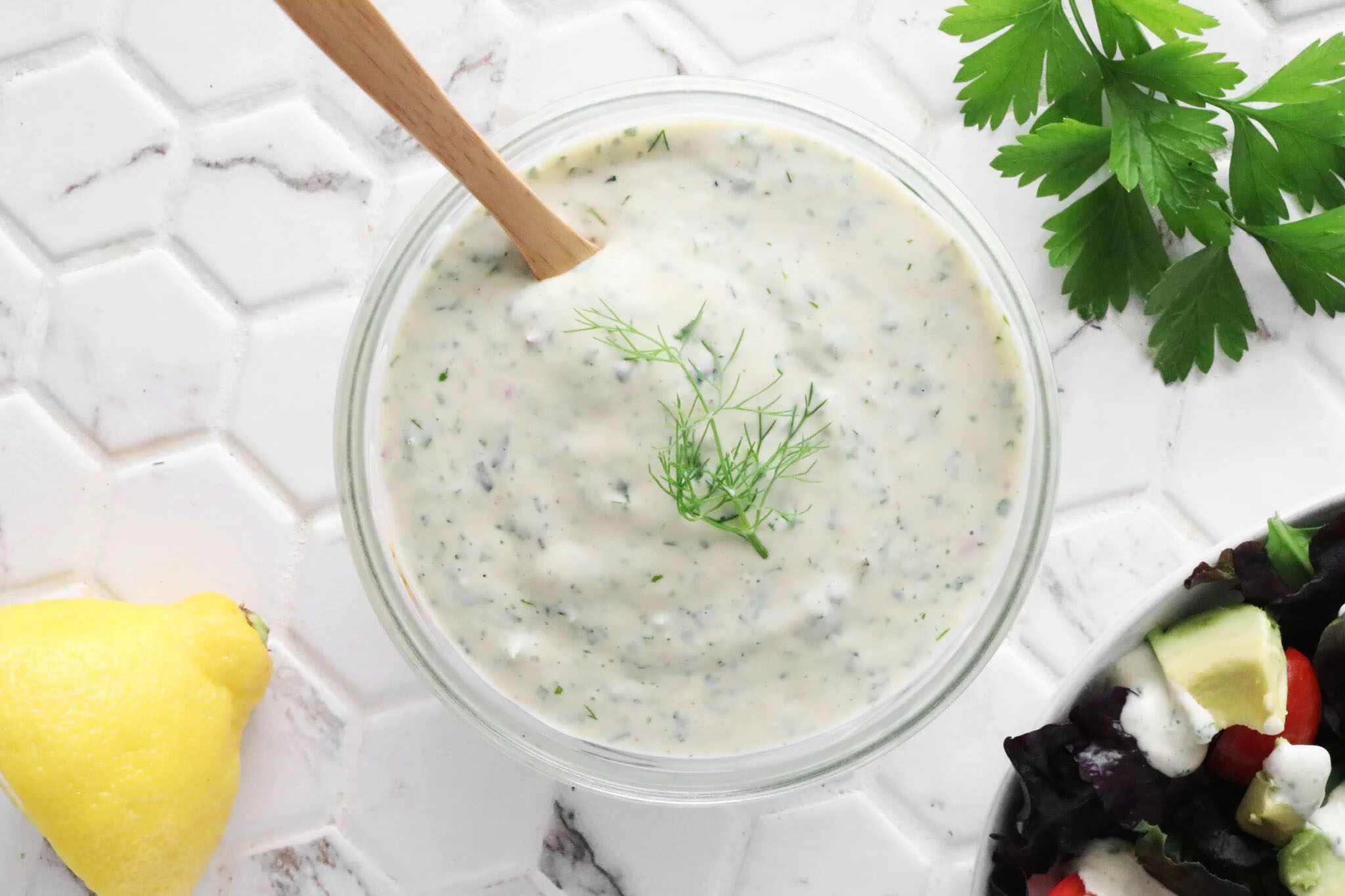When it comes to cooking and baking, there are a variety of ingredients that can be used to achieve different textures and flavors. Two common ingredients that are often used as thickeners in recipes are tapioca starch and cornstarch. While both of these powders may look similar, they have distinct differences in terms of their origins, properties, and best uses in the kitchen.
Tapioca Starch
Tapioca starch is derived from the cassava root, a starchy tuber native to South America. The root is processed to extract the starch, which is then dried and ground into a fine powder. Tapioca starch is known for its unique ability to create a chewy and gelatinous texture, making it a popular choice for certain types of desserts and baked goods.
Characteristics of Tapioca Starch
- Chewy Texture: Tapioca starch is prized for its ability to add a chewy texture to dishes, making it a key ingredient in bubble tea, puddings, and fruit fillings.
- Gluten-Free: It is naturally gluten-free, making it a suitable option for individuals with gluten sensitivities or celiac disease.
- Clear Appearance: When used as a thickener, tapioca starch creates a clear, glossy finish, making it ideal for fruit pies and other dishes where a transparent filling is desired.
Cornstarch
Cornstarch, as the name suggests, is derived from corn. The starch is extracted from the endosperm of the corn kernel and is widely used as a thickening agent in both sweet and savory recipes. It is a versatile ingredient that is often used in sauces, soups, and baked goods.
Characteristics of Cornstarch
- Neutral Flavor: Cornstarch has a neutral taste, allowing it to blend seamlessly into a variety of recipes without altering the overall flavor profile.
- Smooth Texture: When used as a thickener, cornstarch creates a smooth and velvety texture, making it ideal for custards, puddings, and pie fillings.
- High Heat Tolerance: Cornstarch is suitable for thickening sauces and gravies that require high heat, as it maintains its thickening properties even when exposed to prolonged cooking.
Key Differences
While tapioca starch and cornstarch are both used as thickeners, there are several key differences between the two:
- Source: Tapioca starch is derived from the cassava root, while cornstarch is derived from corn.
- Texture: Tapioca starch creates a chewy and gelatinous texture, whereas cornstarch creates a smooth and velvety texture.
- Transparency: Tapioca starch creates a clear, glossy finish, while cornstarch yields a more opaque result.
- Heat Tolerance: Cornstarch has a higher tolerance for heat, making it suitable for thickening high-temperature mixtures.
Best Uses
Understanding the unique properties of tapioca starch and cornstarch can help you determine the best uses for each ingredient in your recipes:
- Tapioca Starch: Use tapioca starch in recipes that require a chewy texture or a clear, glossy finish, such as fruit pies, puddings, and bubble tea.
- Cornstarch: Opt for cornstarch when you need to achieve a smooth texture or when thickening high-heat mixtures, such as sauces, gravies, and custards.
In conclusion, while tapioca starch and cornstarch are both valuable thickening agents, they offer distinct characteristics that make them suitable for different culinary applications. By understanding their unique properties, you can elevate your cooking and baking with the perfect thickener for each recipe.
Was this page helpful?
Read Next: What Is A Brown Sugar Substitute?
